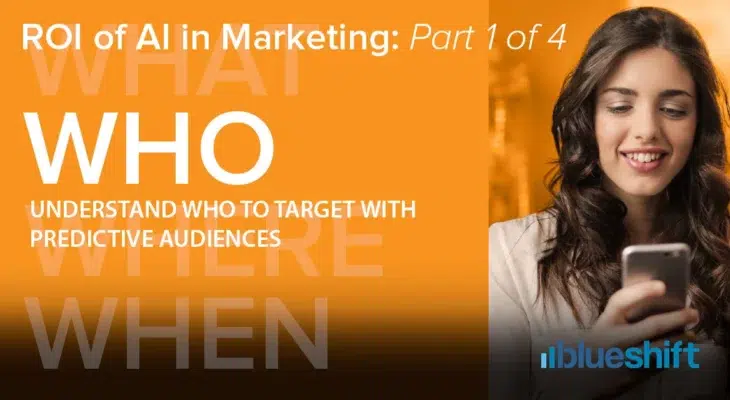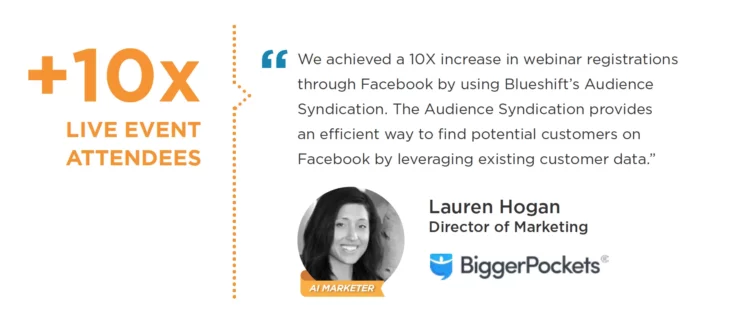Marketing success starts with identifying the right customers to target for each customer strategy and marketing campaign. But what does that process look like for you today? Do you define customer segments based on specific demographic and behavioral parameters, pass the requirements over to your data team and then wait a week, or two, or more to get back customer lists before launching campaigns? Then, how often are your lists refreshed?
While you wait for your customer lists, your customers may churn, purchase from your competitor or simply lose interest in your brand because you failed to engage them. By the time you have your lists, a portion of customers may no longer even fall into those segments. In today’s world of fleeting attention you can’t afford to wait around. You have to get ahead of your audience. But how do you determine if customers engaging (or not engaging) with your brand today are simply browsing, looking for more information or are ready to convert? How can you tell if they are thinking of churning or are ripe for upsell?
That’s where AI is here to help.
At its core, AI helps marketers be smarter and faster about how they engage customers along the customer journey by optimizing WHO they should be targeting, with WHAT content, WHEN to engage them and WHERE is the best channel. This “AI Marketing in Action” series will explore AI’s impact on the 4 Levers of cross-channel marketing, the “Who, What, When & Where,” and quantify its impact on each lever based on a recent benchmark study that analyzed 3.8B marketing interactions from campaigns across channels and verticals. Lets begin by exploring AI’s impact on the WHO.






